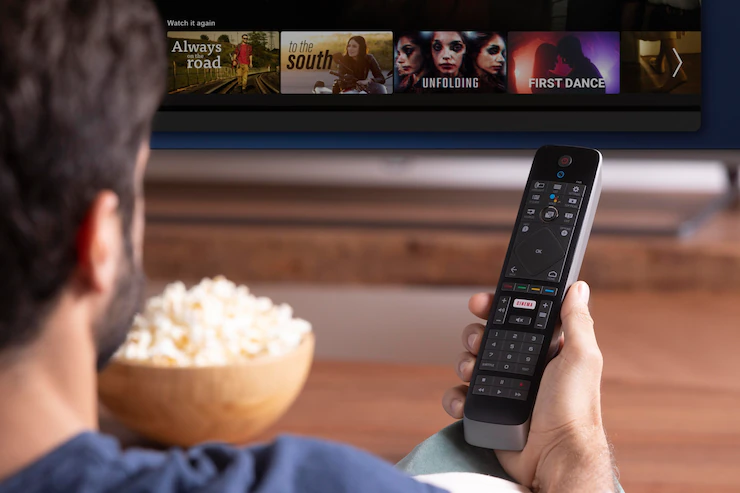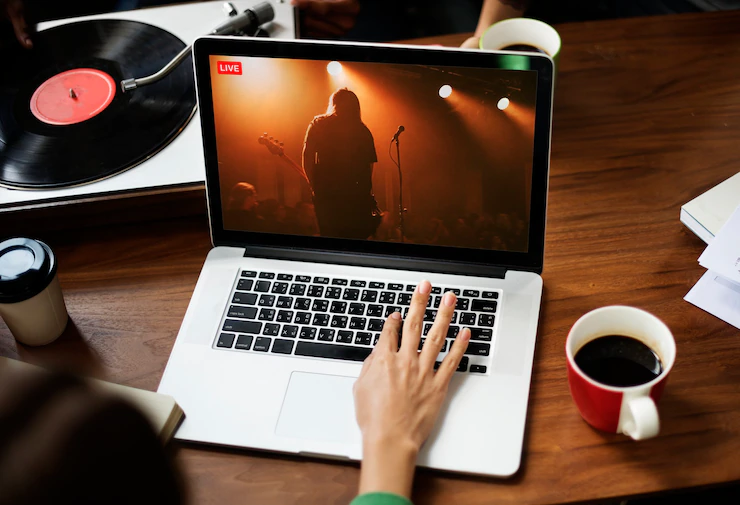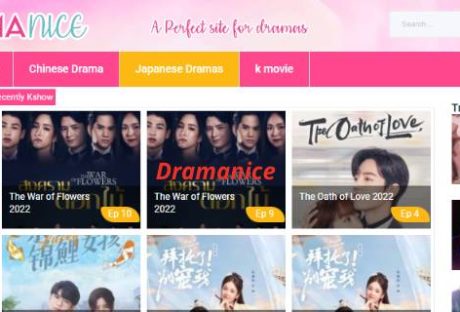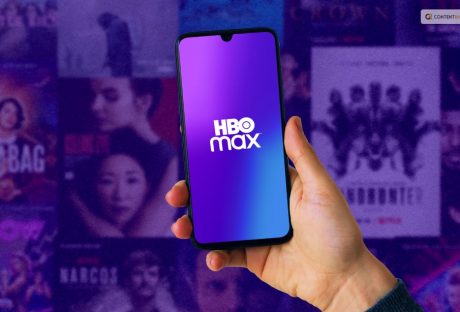TV was once our go-to medium for entertainment, not only in the USA but in the whole world. That’s because at that time it was the only convenient and cost-effective source of visual entertainment.
Although cinemas were in the visual entertainment scene way before the television, in fact, they date back to the 1930s while the TV only came to fruition in the 50s. But TV can’t be compared to cinemas because cinema is a once-a-while activity through which, viewers prefer to watch either newly released blockbuster films or to just go to as a pastime activity with friends or family.
On the other hand, cable TV is a medium that was conveniently present in every household and users can just watch their favorite content by just turning it on. Cable TV that Americans have more than 200 million TV and considering our population there is at least two TVs for every person.
This was mainly due to major reasons, first and foremost that cable TV was the only visual medium of entertainment, the second one being the cost-effectiveness of cable compared to going to cinemas every other day.
This immense love of cable was the reason how many cable providers in the industry made billions of dollars. Take the example of Cox Cable, which is the third-largest cable company in the country with 2.9 million digital cable subscribers.
Cox Communications rakes in millions in revenue just through its cable services. But these providers have also realized that the golden days between the two are almost gone. This is exactly because of the absence of those two reasons which we discussed above that made cable TV the prime of visual entertainment.
The Streaming Coup
The primary factors behind cable’s rise to supremacy were not being much of a competition and the other one being its cost-effectiveness. Unfortunately, both these factors were lost due to technological advancements because now, not only many platforms are giving tough competition to cable TV but also cable TV has raised prices quite significantly.
Due to these two major reasons consumers are looking to switch to alternatives like streaming that not only provides much more in terms of the content lineup but is also quite cost-effective.
Reasons To Prefer Streaming:

Today we hear the term cord-cutting everywhere. That’s because the number of people opting to cut their cable TV cords has increased significantly.
Cord-cutting has taken the shape of a full-fledged trend today in which people in hordes are ditching their cable setups in favor of streaming platforms. But why has this happened, we’ll take a look at those reasons below?
1. Content Variety And Numerous Options
First and foremost, there are lots of options regarding what a user wants to watch on these streaming services. These platforms are not restricted to showing the viewers what’s been televised on their regular channels, instead, viewers have thousands of hours of content readily available at their fingertips so that they can watch whatever they want whenever they want.
Plus, the content lineup consists of various original and licensed series from different parts of the world available in many languages with translation or subtitles.
So users can experience content from all around the globe through these streaming services. Apart from that, in the beginning, there was only Netflix that was the sole flag bearer of this streaming trend but over the years there are many new platforms both free and paid that are offering numerous types of content for users to watch.
Apart from shows, these services also make their original films on which millions of dollars are spent and include the cast of Hollywood A-listers. Plus, new and vintage classic films are also licensed by these platforms, so all in all, users get a much more diverse content lineup from a number of streaming services to choose from.
You May Also Check: 5 Ways to Stream Free Movies and TV Shows on Your Smartphone
2. Cost-Effectiveness
The other major factor behind people opting for streaming as their go-to entertainment option is that these services are incredibly cost-effective. Considering that the world is going through a financial recession and the buying power of a regular consumer has shrunk quite a bit, this makes it increasingly difficult for cable users to keep paying their heavy bills.
On average, a cable connection costs somewhere between 200$ to 300$, that’s way too much considering the current economic landscape.
On the flip side, a streaming subscription costs a user somewhere between 8$ to 15$ on average, which is quite cost-effective in comparison to traditional cable services. Plus, with this cost, a user can have subscriptions to more than one streaming service which would give them a wide variety of content, still at a way less price.
Most American households already have an internet connection, and for streaming, you just need the internet and a subscription to these platforms. So in retrospect, it made no sense to consumers to pay extra for a service that they can easily have through the internet, at a much lower cost.
3. Ease of Use
One of the important reasons why millennials are leaning toward streaming is because of the ease and convenience that these platforms offer.
Streaming services are not dependent on cable connections, unlike traditional cable TV setups. So, the factor of portability is there with streaming which users are unable to find on cable TV. Plus, millennials are a fast-moving society that likes to do everything on the go.
In today’s world, no one has time to sit back and watch their favorite shows, people like to watch stuff while waiting in the commutes, during office breaks, or even during work.
This requires that they have the ability to watch content on their portable devices like laptops and smartphones. And we all know that all major streaming services have apps that work on smartphones, laptops, and even smart TVs allowing users to watch their favorite content not only on the go through their phones but on big-screen smart TVs as well.
Conclusion
Streaming is no doubt the primary entertainment medium of the future, and that future is not far. Considering how many people are adopting streaming, it is estimated that it will take over half of cable TV’s market as early as 2024.
This makes sense considering all the benefits that streaming has to offer in comparison to cable TV, the likes of which are mentioned above.
Read Also:






















